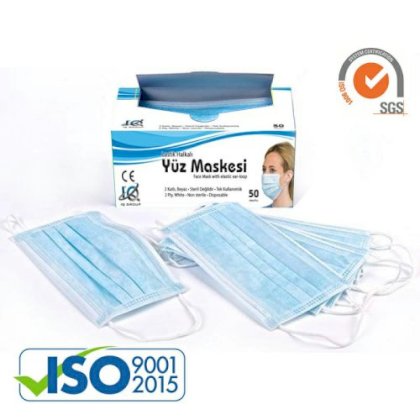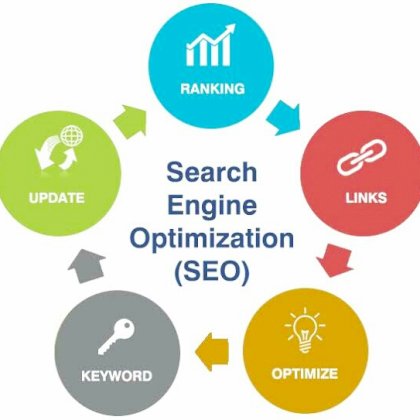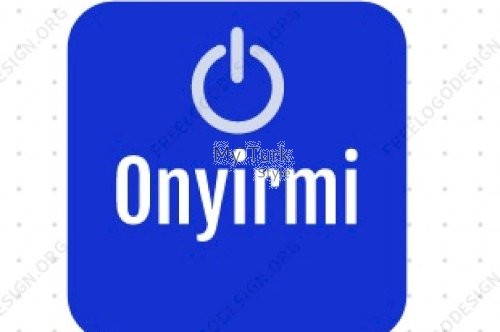33 on page seo

Implementing on-page SEO techniques is crucial for optimizing individual web pages to rank higher and earn more relevant traffic in search engines. Here are 33 key strategies for on-page SEO:
-
Keyword Research: Identify relevant keywords for each page based on search volume, relevance, and competition.
-
Keyword Placement: Include target keywords in strategic locations such as the page title, meta description, headings (H1, H2, etc.), and throughout the content naturally.
-
Optimized Page Title: Create a unique, descriptive, and keyword-rich title tag (between 50-60 characters) that accurately summarizes the page content.
-
Meta Description: Write a compelling meta description (around 150-160 characters) that entices users to click while incorporating relevant keywords.
-
URL Structure: Use SEO-friendly URLs that are concise, descriptive, and include target keywords, separated by hyphens.
-
Heading Tags: Organize content with clear hierarchy using H1, H2, H3 tags. Ensure the main headline (H1) is relevant and contains the primary keyword.
-
Quality Content: Produce high-quality, valuable content that addresses users' search intent, solves their problems, and offers unique insights.
-
Keyword Density: Maintain a natural keyword density throughout the content without overstuffing, typically 1-2% of the total word count.
-
LSI Keywords: Incorporate Latent Semantic Indexing (LSI) keywords—related terms and phrases—to improve content relevance and context.
-
Optimized Images: Optimize images by using descriptive filenames, alt attributes, and captions to improve accessibility and keyword relevance.
-
Internal Linking: Include relevant internal links to other pages on your website to distribute link equity and improve navigation.
-
External Linking: Link to authoritative external sources when necessary to provide additional context and credibility to your content.
-
Mobile Optimization: Ensure your website and content are mobile-friendly, responsive, and optimized for various devices and screen sizes.
-
Page Speed: Improve page loading speed by optimizing images, enabling browser caching, minimizing HTTP requests, and using a content delivery network (CDN).
-
Schema Markup: Implement structured data markup (Schema.org) to enhance search engine visibility and provide richer, more informative snippets in search results.
-
Social Meta Tags: Utilize Open Graph and Twitter Card meta tags to control how your content appears when shared on social media platforms.
-
Canonical Tags: Specify canonical tags to prevent duplicate content issues and consolidate link equity for similar or identical pages.
-
Content Formatting: Use bullet points, numbered lists, bold, and italics to enhance readability and highlight important information.
-
User Experience (UX): Prioritize user experience by organizing content logically, improving navigation, and minimizing intrusive interstitials.
-
Readability: Write clear, concise, and easy-to-understand content that appeals to both search engines and human readers.
-
FAQs and Q&A: Include Frequently Asked Questions (FAQs) and Question-and-Answer sections to address common queries and improve content relevance.
-
Voice Search Optimization: Optimize content for voice search queries by answering questions concisely and using natural language.
-
Local SEO: Optimize for local search by including location-based keywords, creating a Google My Business listing, and obtaining local citations.
-
Optimized Meta Tags: Review and optimize meta tags for every page, including title tags, meta descriptions, and meta keywords (if applicable).
-
404 Page Optimization: Create a custom 404 error page with helpful links and navigation to prevent users from leaving your site due to broken links.
-
Page Crawlability: Ensure search engine bots can crawl and index your content by fixing broken links, resolving crawl errors, and using a robots.txt file.
-
Content Updates: Regularly update and refresh content to keep it relevant, accurate, and competitive in search engine rankings.
-
Keyword Cannibalization: Identify and resolve instances of keyword cannibalization—multiple pages targeting the same keyword—to avoid confusion and dilution of ranking signals.
-
Secure HTTPS: Secure your website with HTTPS encryption to protect user data and improve search engine rankings.
-
Breadcrumbs Navigation: Implement breadcrumb navigation to enhance user experience and provide clear navigation paths for both users and search engines.
-
Engaging Meta Titles and Descriptions: Write compelling meta titles and descriptions that encourage users to click through to your website from search results.
-
Monitoring and Analysis: Regularly monitor website performance, keyword rankings, traffic trends, and user behavior using tools like Google Analytics and Google Search Console.
-
A/B Testing: Conduct A/B tests to experiment with different on-page elements, such as headlines, CTAs, and page layouts, to optimize conversion rates and user engagement.
 English
English
 Turkish
Turkish 























